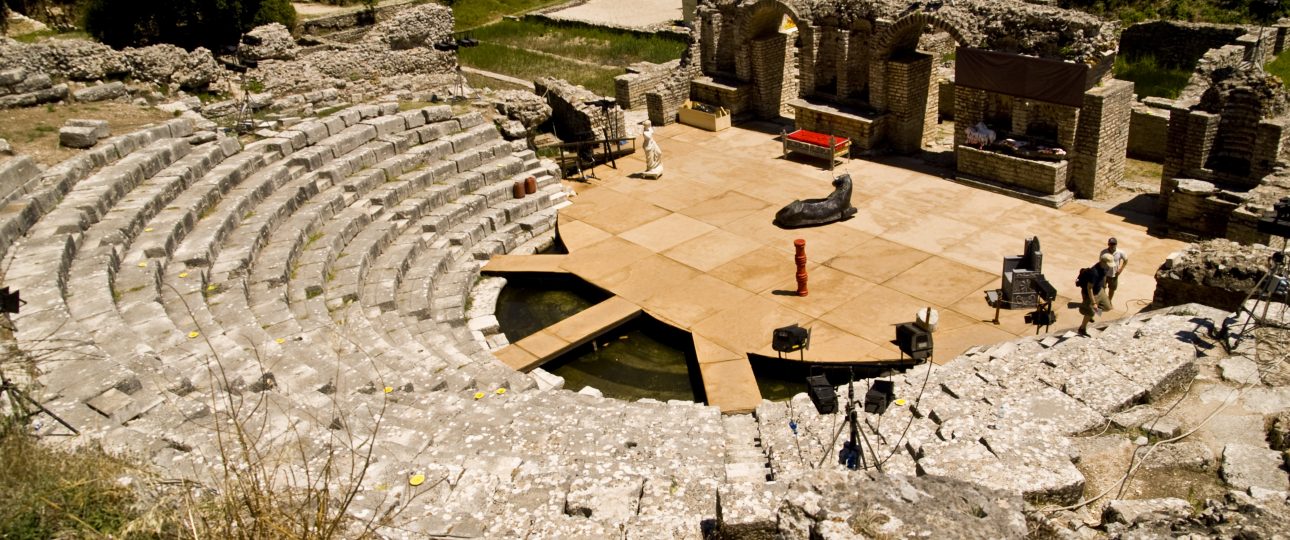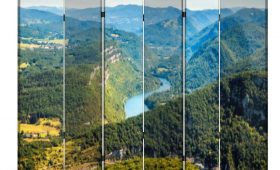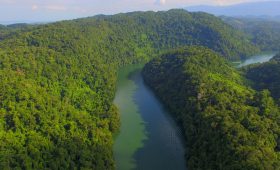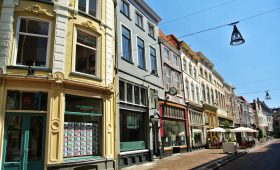Butrint, Albania
About Butrint
Butrint, located in the southern part of Albania, is a site of immense historical and cultural significance. This ancient city, nestled within a stunning natural landscape, offers visitors a unique glimpse into the past with its well-preserved archaeological treasures and diverse ecosystems.
History and Cultural Significance
Butrint’s history stretches back to between the 10th and 8th centuries BC, with some evidence suggesting even earlier habitation. It was a major center for the Epirote tribe of the Chaonians, part of the northwestern Greek tribes. The city gained prominence due to its strategic location near the Straits of Corfu, serving as a crossroads between mainland Greece and Magna Graecia.
During the 4th century BC, Butrint developed significantly, featuring a theatre, a sanctuary dedicated to Asclepius, and an agora. The city became a Roman protectorate in 228 BC and later, under Emperor Augustus, expanded with new constructions such as an aqueduct, Roman baths, and a forum complex.
Butrint’s rich history is reflected in its status as a UNESCO World Heritage Site, recognized for its archaeological significance and the diverse influences of Greek, Roman, Byzantine, and Venetian cultures.
Exploring Butrint
Best Time to Visit
For a comfortable visit, consider traveling to Butrint during the spring or autumn months. The weather is mild, and the site is less crowded, allowing for a more relaxed exploration of the ruins and surrounding landscapes.
How to Get There
Visitors can reach Butrint by flying into Tirana International Airport, Albania’s main international gateway. From Tirana, you can travel to Saranda, the nearest town to Butrint, by bus or car. There are no direct domestic flights from Tirana to Saranda, so ground transportation is the most practical option.
Local Transportation
Once in Butrint, the archaeological site is best explored on foot. The area is compact, and walking allows you to fully appreciate the historical context and natural beauty. For those who prefer, bicycles are available for rent, and guided tours offer insightful commentary on the site’s history.
Must-See Attractions
Archaeological Site
The archaeological site of Butrint covers an area of approximately 16 square kilometers. Visitors can explore ancient ruins, including temples, residential areas, and fortifications. The theatre, known for its inscriptions, offers a fascinating look into the city’s Hellenistic era.
Butrint National Park
Adjacent to the archaeological site, Butrint National Park is a protected area featuring diverse ecosystems such as wetlands, forests, and lakes. The park is a haven for nature enthusiasts and birdwatchers, offering a chance to observe a variety of plant and animal species.
Practical Tips
- Wear comfortable shoes and clothing suitable for walking.
- Bring sunscreen and a hat to protect against the sun.
- Carry water to stay hydrated during your visit.
- Bring a camera to capture the site’s stunning views and historical features.
- Respect the archaeological site by following any guidelines or restrictions in place.




